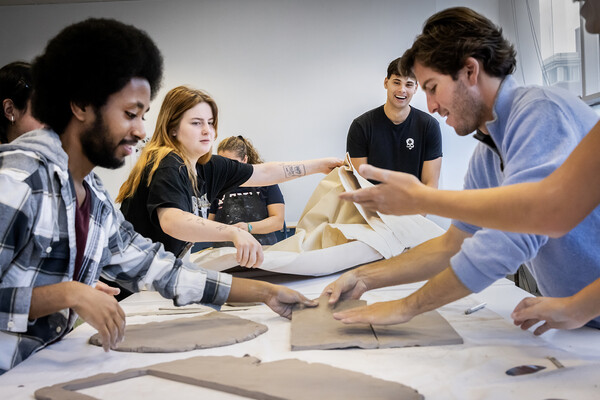In the world of cardiovascular medicine, the advent of the transcatheter aortic valve replacement (TAVR) procedure stands as a transformative milestone, rewriting the narrative for people suffering from severe aortic stenosis, a serious condition that narrows the aortic valve in the heart and results in restricting blood flow from the heart to the rest of the body.
Fixing the problem used to require complex open-heart surgeries and prolonged recovery periods. The procedure carried serious risks for patients who were elderly or struggling with other health conditions, and many were ineligible to be treated. Today’s era of minimally invasive treatment began with TAVR two decades ago. Today, nearly 850 TAVR procedures are performed between the Hospital of the University of Pennsylvania, Penn Presbyterian Medical Center, and Chester County Hospital, and Lancaster General Hospital each year—making Penn a leader in the region and highly rated by the Society for Thoracic Surgeons and American College of Cardiology’s star rating system.
Howard Herrmann, the John Winthrop Bryfogle Professor of Cardiovascular Diseases in the Perelman School of Medicine at the University of Pennsylvania and Health System Director for Interventional Cardiology, has been shaping the TAVR field since its earliest years.
The first TAVR procedure at the Hospital University of Pennsylvania was performed by Herrmann and his cardiovascular surgery colleagues in 2007. At first, these surgeries were performed only on the most high- risk of patients. Through advanced catheter-based techniques like TAVR, doctors could now deliver a new valve directly to the heart through a blood vessel in the groin or chest area, circumventing the need for invasive procedures. This approach not only reduced the risks associated with traditional surgery but also allowed for quicker recovery times—getting patients back on their feet and enjoying their lives more quickly.
With ongoing monitoring of patients in the SMART Trial, insights will continue to emerge and help shape the trajectory of TAVR technology. The recent approval of a third TAVR device in the U.S. proves innovation continues in the field. TAVR, once reserved for high-risk patients, has increasingly been used for lower-risk patients with aortic stenosis. And the work continues: Future research, Herrman says, will address the needs of these low-risk and younger patients, focusing on the durability of these devices and the role of hemodynamics in long-term valve performance.
This story is by Matt Toal. Read more at Penn Medicine News.







